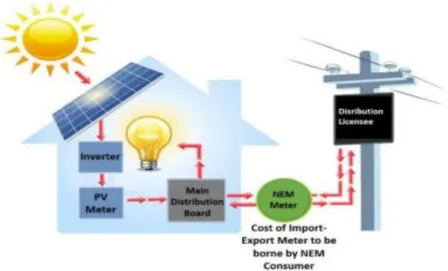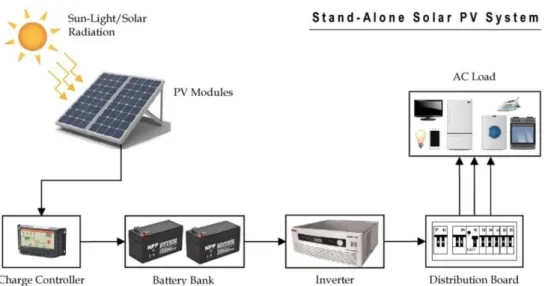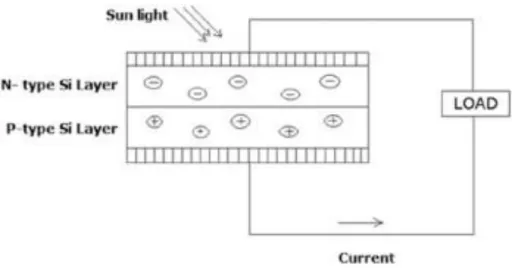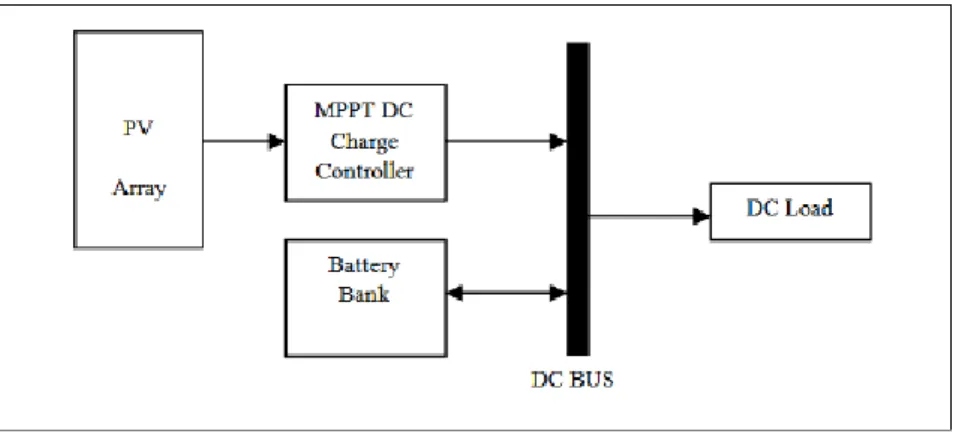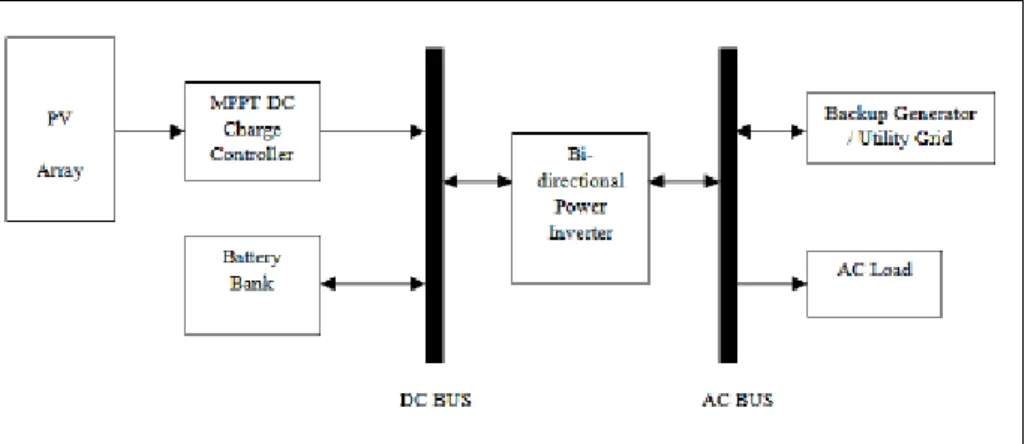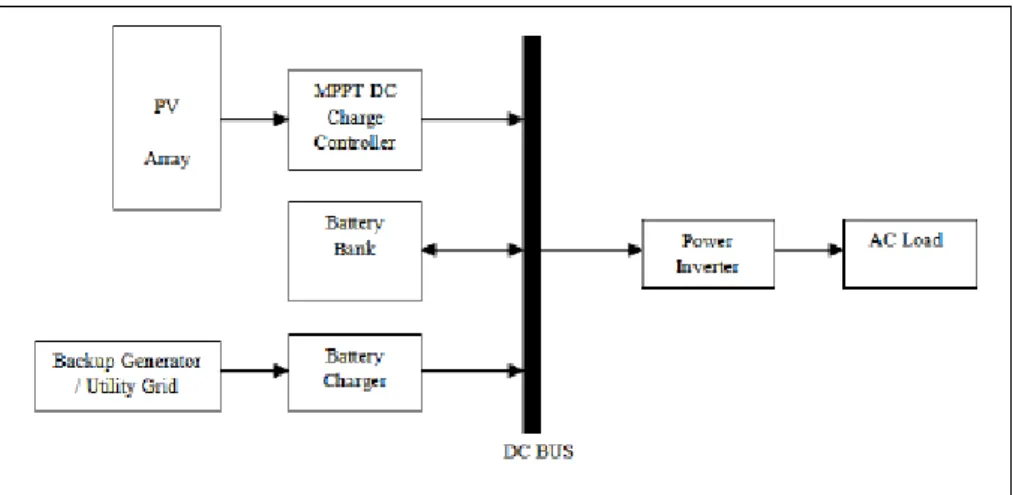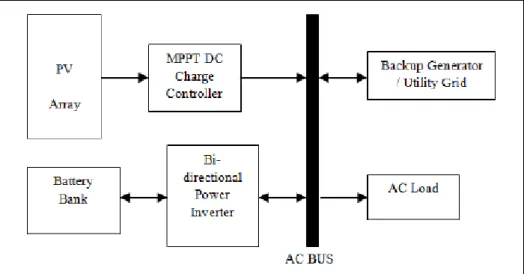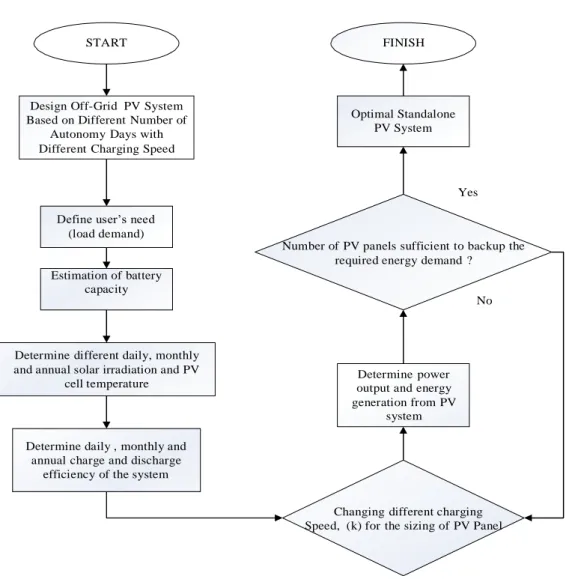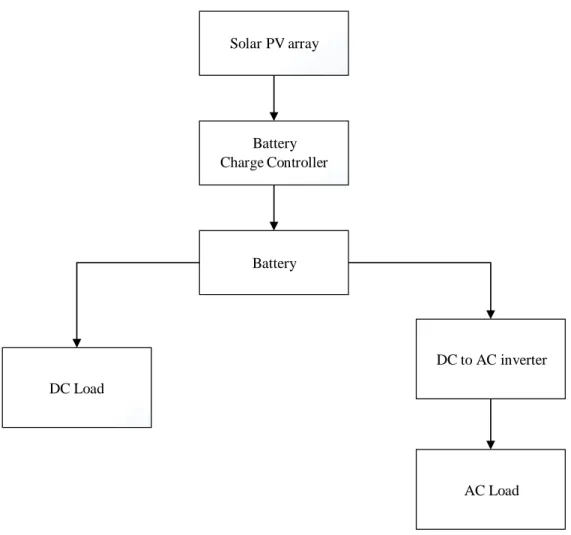Thus, the battery energy storage system is necessary to be installed and integrated with a stand-alone PV system to meet the electricity demand during low-irradiance days and nights. But the high operating cost of the battery makes people less interested in investing in the battery energy storage system. The results conclude that the charging rate (k) =1.5 and 2.5 are suitable for a PV capacity required to support the electricity demand for 2 and 3 days of autonomy respectively.
In conclusion, the required minimum charging speed (k) and PV capacity in the optimization of the PV system were determined. The success and final outcome of this final year project and dissertation required a lot of support and guidance from many people. Prof. Dr. Lim Boon Han for his tremendous tolerance and encouragement during the completion of the final year project.
He also gives me a lot of confidence when I was desperate during this graduation project. It is hereby acknowledged that Low Raymond (ID No: 21UEM00620) has completed this senior year project entitled "OPTIMUM DESIGN AND SIZING OF PHOTOVOLTAIC PANELS IN OFF-GRID PHOTOVOLTAIC SYSTEM FOR RURAL HOUSING AREA" under the supervision of Ir Assoc.Prof.
- Introduction of Energy Resources
- Solar Resources in Malaysia
- Solar Photovoltaic (PV) System
- Type of Photovoltaic (PV) System in Malaysia
- Grid Connected Photovoltaic (GCPV) System
- Self-Consumption (SELCO)
- Standalone / Off-Grid Photovoltaic (PV) System
- Rule Based Method in Sizing of Off-Grid Photovoltaic (PV) System
- Optimization Method for Off-Grid Photovoltaic (PV) System
- Problem Statement
- Research Objectives
For example, an off-grid PV system is usually integrated with the battery energy storage system (BESS) to generate reliable electricity for the area that cannot be connected to the grid. There are three main categories in off-grid PV systems: systems that supply DC load, systems that supply DC and AC load, and finally a hybrid system. DC load from the battery is then converted through the inverter to the AC load for end user use.
During the development of an optimal off-grid photovoltaic system, most of the researchers usually focus on the optimization of battery charge control system, type of charge controller and battery used in the system and how to improve the PV cell technology to get high efficiency . In the previous research, most researchers concentrate on the battery technology, battery charging technique and charger controller configuration. Thus, the amount of PV power generation during a lack of sunlight availability is insufficient to fully charge a battery bank when the battery bank has reached its depth of discharge capacity after providing electricity for the pre-designed number of autonomy days.
In order to ensure the stability of the electricity supply to the area that is not available for grid current, an equation 1.3 is proposed below, involving the k values and the number of autonomy days in the sizing of solar panels for off-grid photovoltaic (PV) systems. system. Investigate the effect of different PV capacity based on the battery charging rate (k) on the reliability of the battery supply to an off-grid system.
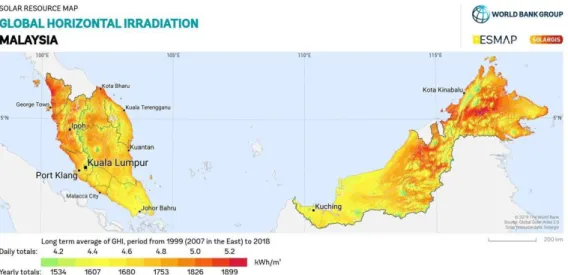
- Introduction of Photovoltaic (PV) Cell Technology
- Crystalline Silicon (c-Si)
- Thin Film
- System Configuration of Photovoltaic (PV) System
- DC Coupled Configuration
- Switched Configuration
- Series Configuration
- Parallel Configuration
- AC Connected Parallel Configuration
- Battery Bank
- Studied on Various Sizing and Optimization Method for Standalone
- Sizing Method
- Overall Project Flow
- Design of Standalone / Off Grid Photovoltaic (PV) System
- Case Study and Result Analysis
Therefore, any fault occurring in the inverter will cause a total power outage of the PV system. The two-way power inverter consists of the battery charger and an inverter in this configuration. This method is used to design an optimal off-grid PV system size using clear and well-defined parameters or data.
Optimization method used to improve PV system performance by optimizing PV sizing and cost reduction. In (Hussein A Kazrm, 2013), this method is used to determine PV panel size, title angle and battery capacity through MATLAB software based on energy demand and meteorological data. This method can be used to determine the optimal configuration of the PV system by repeatedly examining all possible configurations of the system to get the lowest cost of energy (LCOE) (Hadi Nabipour Afrouzi, 2021).
In addition, sizing and optimization of the photovoltaic (PV) system according to the case study data. Graphs are drawn to show the impact of various charging speeds on the performance and efficiency of the PV system.
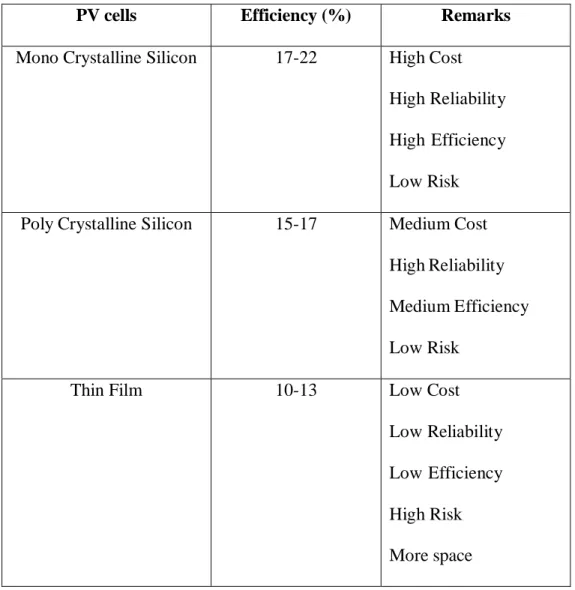
Design of Off-Grid Photovoltaic (PV) System
- Proposed Project Summary
- Solar Irradiation for Year 2021
- Ambient & PV Cell Temperature for Year 2021
- Estimation of Daily Load Demand
- Battery Sizing
- Temperature Deration Factors, 𝒇𝒕𝒆𝒎𝒑
- Charge Efficiency, 𝜼𝒄𝒉𝒂𝒓𝒈𝒆
- Discharge Efficiency, 𝜼𝒅𝒊𝒔𝒉𝒂𝒓𝒈𝒆
- PV Power Generation from Standalone PV System, W
- Energy Generation from Standalone PV System, Wh
Daily irradiance is total daily global inclined irradiance (GTI), W⁄m2 from the Solargis v2.2.26 climate database. In 12 months, the highest monthly solar radiation in autumn was in February, and the lowest in January. Only 4 months, i.e. February, March, May and October out of 12 months, have solar radiation above 138.2 kWh⁄m2.
The daily average ambient and cell temperature from January 2021 to December 2021 was calculated using the following formula. Daily ambient temperature = sum of all ambient temperatures in one day during the day (GTI >0). Over the 12 months, the highest monthly average cell temperature fell in February, and January has the lowest monthly average cell temperature.
There are only 4 months which are February, March, May and October out of 12 months have the average cell temperature that is above 38.7.

Case Study 1: Number of Autonomy Days Required = 2 Days
- Daily Case
- Monthly Case
- Annual Case
- Discussion on Case Study 1
While during charging speed (k) is =3.5, the state of the monthly energy storage system of energy storage during different charging speeds.
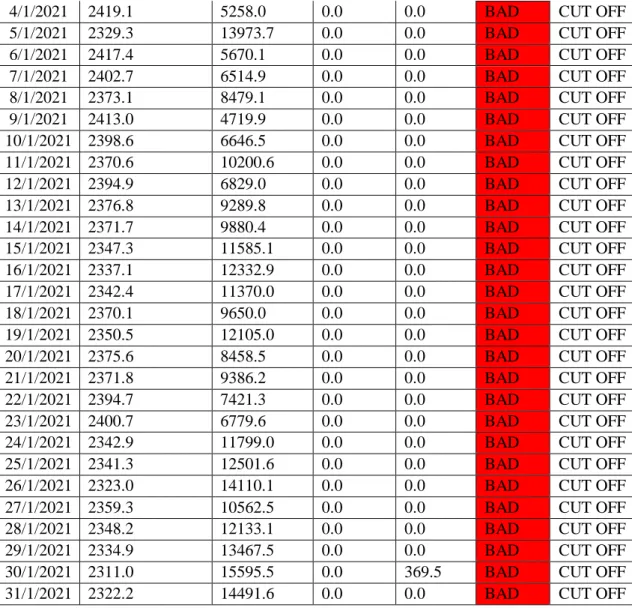
Case Study 2: Number of Autonomy Days Required = 3 Days
- Daily Case
- Monthly Case
- Annual Case
- Discussion on Case Study 2
This graph was the combination of all energy storage system states under various proposed charging rates.
In this research project, the size of the PV panel will keep increasing as the charging rate (k) decreases. Two study cases were performed to determine the appropriate minimum charging rate (k) for the battery bank for different numbers of autonomy days. An appropriate value for charging rate (k) was determined based on the criteria where the subsequent stored energy electricity has been charged to a battery that has just reached its over-discharge protection state, can cover the daily energy demand on a second consecutive rainy day.
The result of this research project was to develop an optimal off-grid PV system design with an appropriate minimum charging rate (k) for 2 and 3 days of autonomy. Charge rate values (k) = 1.5 have been suggested when sizing PV panels for the PV capacity required to support the load demand for 2 days of autonomy. The PV system can generate approximately 6276.3 W of output power at the charge rate (k) = 1.5 values used in PV panel sizing.
While charging rate (k) = 2.5 was proposed and select for PV system design when the number of autonomy days = 3. Next, only one type of PV system configuration was proposed in the design and sizing of the standalone PV system in this research project. Thus, a different configuration is required for the PV system to study and find out the appropriate charging rate (k) and PV capacity needed.
In conclusion, we advise industrial designers to include the value of the charging rate (k) and the number of days of autonomy in determining the PV capacity for the off-grid photovoltaic system. In addition, we suggest people to use the daily information rather than the annual or monthly average value to determine the appropriate charging rate (k) in simulating the appropriate size of PV panels to ensure a reliable electricity supply in one year period. A comparison of battery behavior and capacity based on lead acid and lithium fades in off-grid renewable charging applications.
Optimal sizing of battery storage systems in off-grid microgrids using convex optimization. Design, dynamic simulation and optimal sizing of a hybrid solar/wind and battery system for off-grid energy supply. Design, dynamic simulation and optimal sizing of a hybrid solar/wind and battery system for off-grid energy supply.
